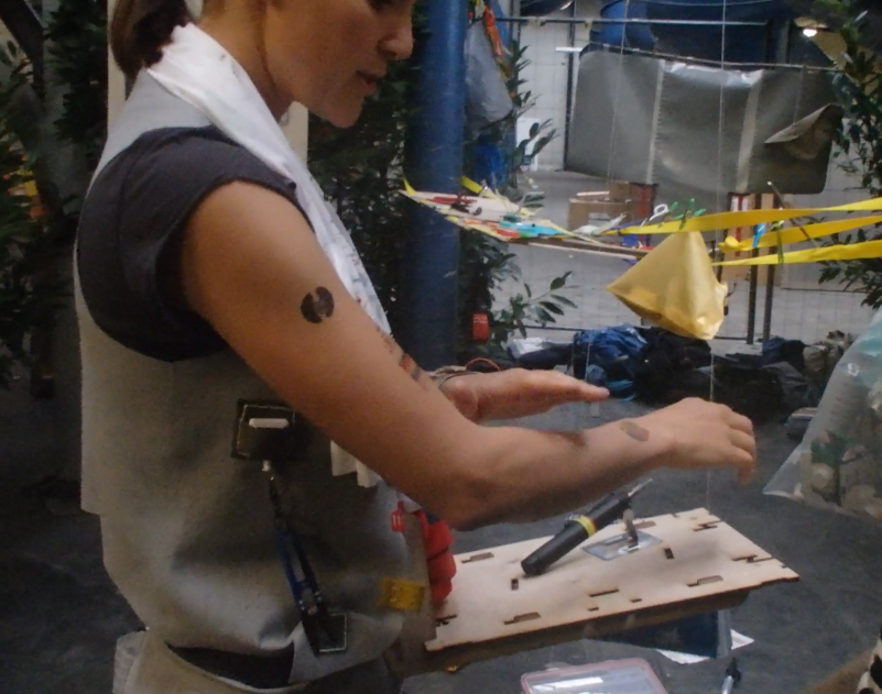
Dr. Philip Johns from Yale-NUS introduced his portable DNA sequencing toolkit to us on Sept 14th, thanks to his and Andy’s kind help.

Based on work by Hannah Perner-Wilson, Andrew Quitmeyer, Rad students, and more!

Dr. Philip Johns from Yale-NUS introduced his portable DNA sequencing toolkit to us on Sept 14th, thanks to his and Andy’s kind help.